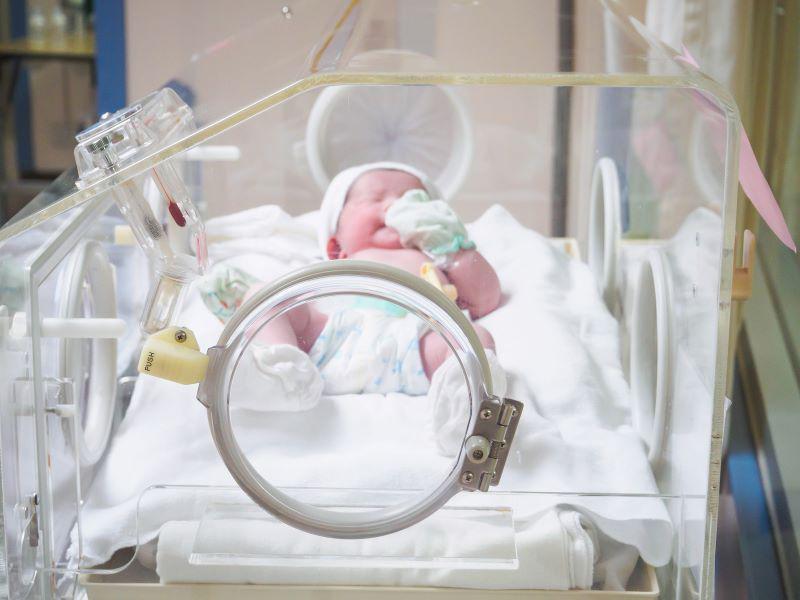Second review shows greatest reduction in death for long deferral (≥120 s) compared with immediate clamping
By Elana Gotkine HealthDay Reporter
WEDNESDAY, Nov. 15, 2023 (HealthDay News) — Deferred versus immediate cord clamping reduces death before discharge in preterm infants, and long delayed cord clamping seems to be the best strategy, according to two systematic reviews published online Nov. 14 in The Lancet.
Anna Lene Seidler, Ph.D., from the University of Sydney, and colleagues conducted a systematic review and meta-analysis to compare the effectiveness of deferred cord clamping, umbilical cord milking, and immediate cord clamping for reducing neonatal mortality and morbidity for preterm births. Data were included from 48 randomized trials, with individual participant data on 6,367 infants. The researchers found that compared with immediate cord clamping, deferred cord clamping reduced death before discharge (odds ratio, 0.68). No clear evidence of a difference in death before discharge was seen for umbilical cord milking versus immediate cord clamping or deferred cord clamping.
In a second review, Seidler and colleagues compared the effectiveness of umbilical clamping strategies for preterm infants. The interventions were classified into immediate clamping, short deferral (≥15 s to <45 s), medium deferral (≥45 s to <120 s), long deferral (≥120 s), and intact cord milking. Individual participant data were included from 47 trials with 6,094 participants. The researchers found that the greatest reduction in death before discharge was seen for long deferral versus immediate clamping (odds ratio, 0.31).
“We need further research into how to best provide immediate care to the sickest premature babies while the cord is intact,” Seidler said in a statement. “Even for healthier premature babies, it may seem counterintuitive to some doctors to defer cord clamping when the baby requires care, but with appropriate training and equipment, along with a full team approach involving midwives, doctors, and parents, it is possible to successfully defer cord clamping whilst ensuring the baby is warm, breathing, and cared for.”
Abstract/Full Text 1 (subscription or payment may be required)
Abstract/Full Text 2 (subscription or payment may be required)
Copyright © 2023 HealthDay. All rights reserved.








